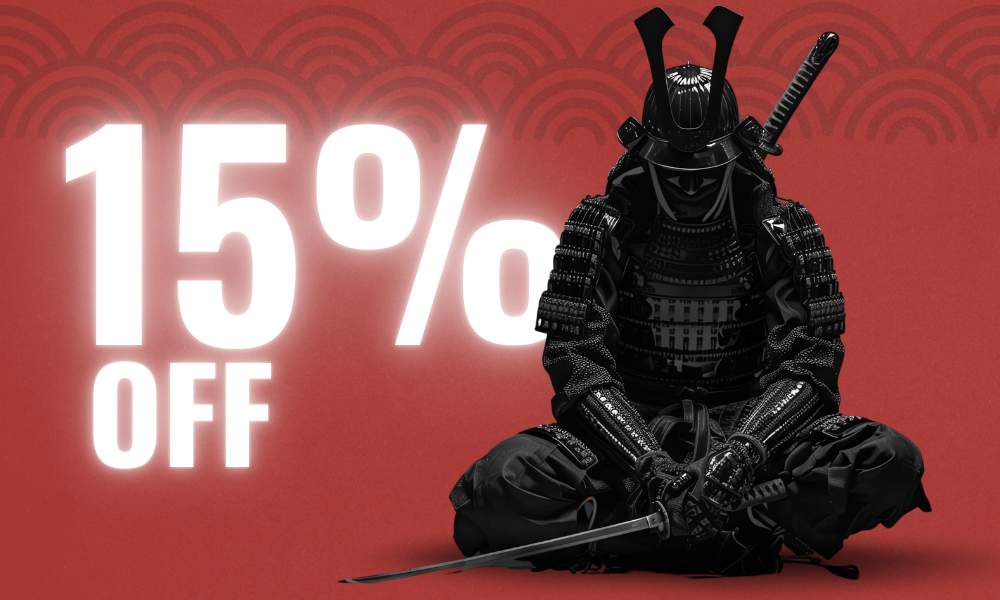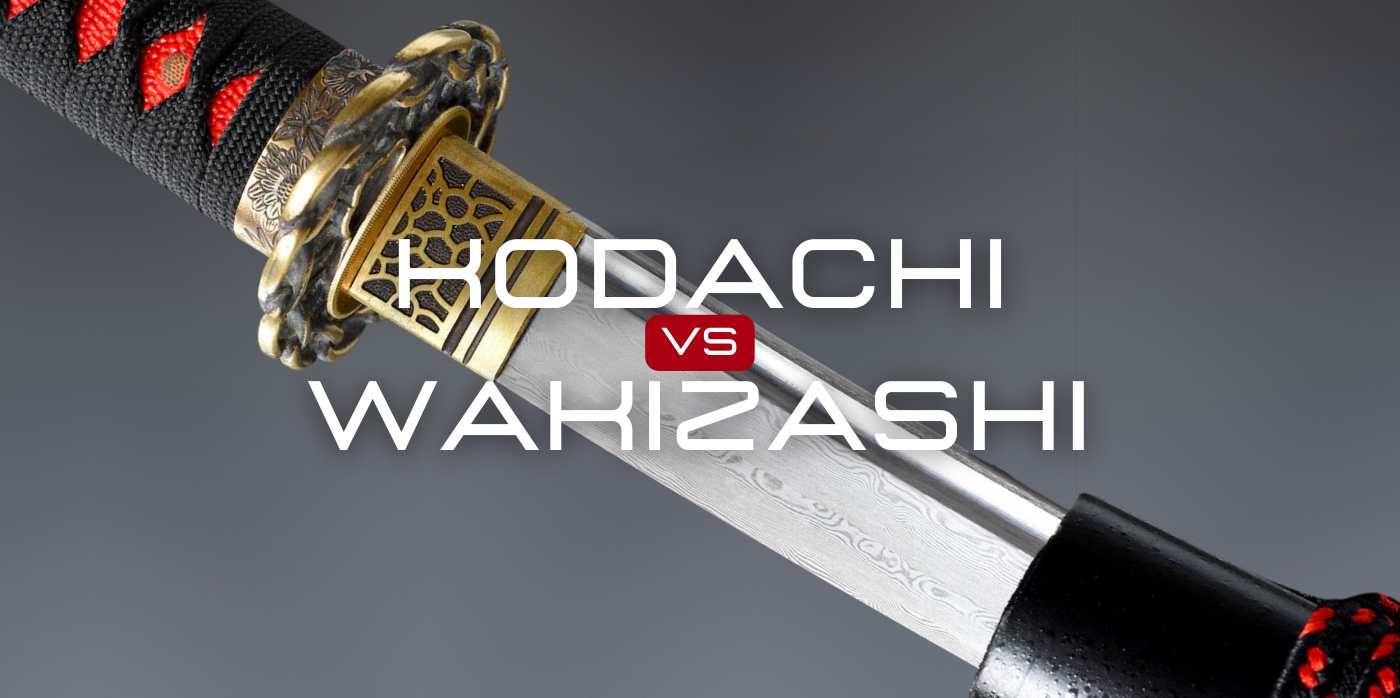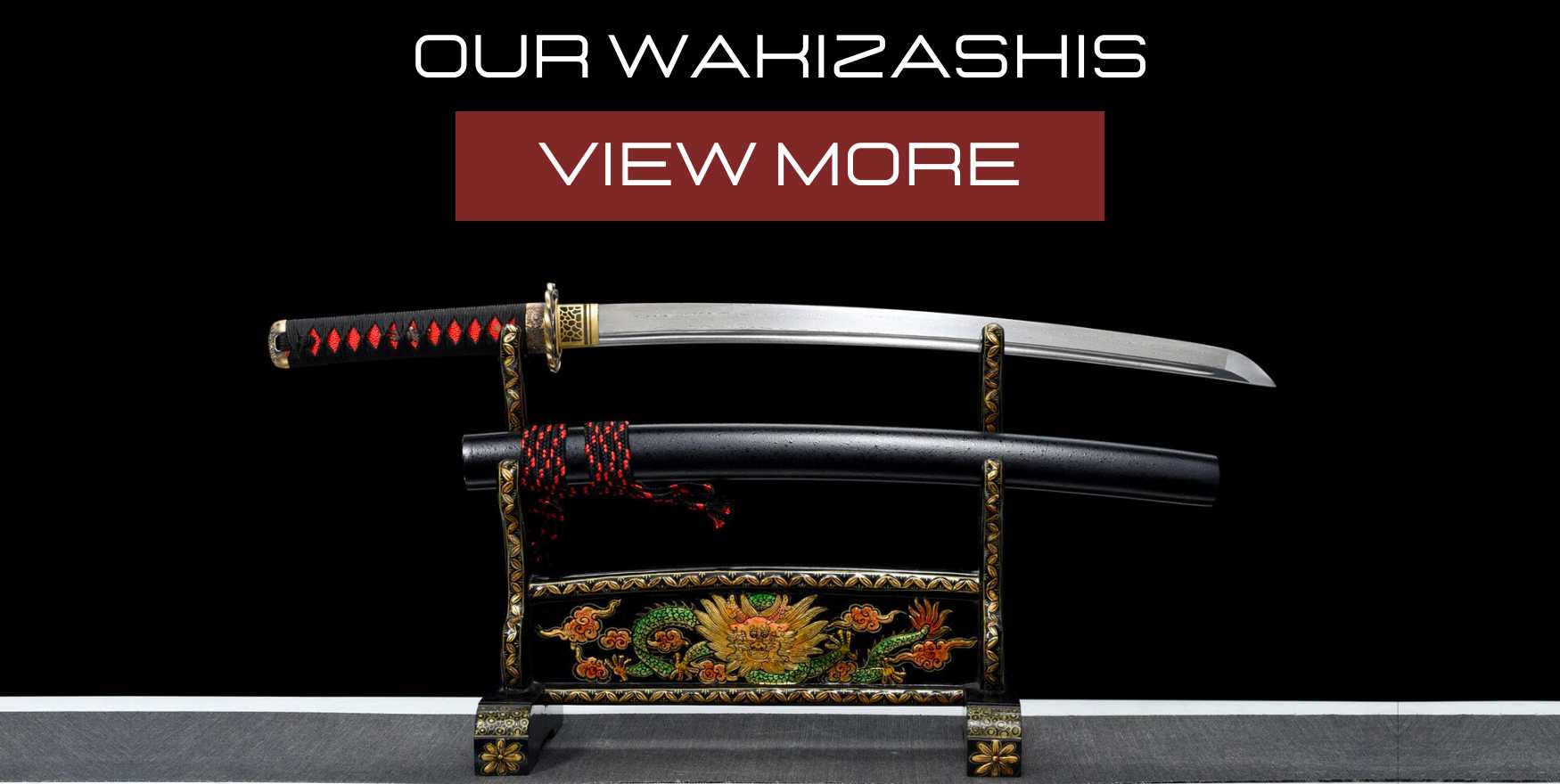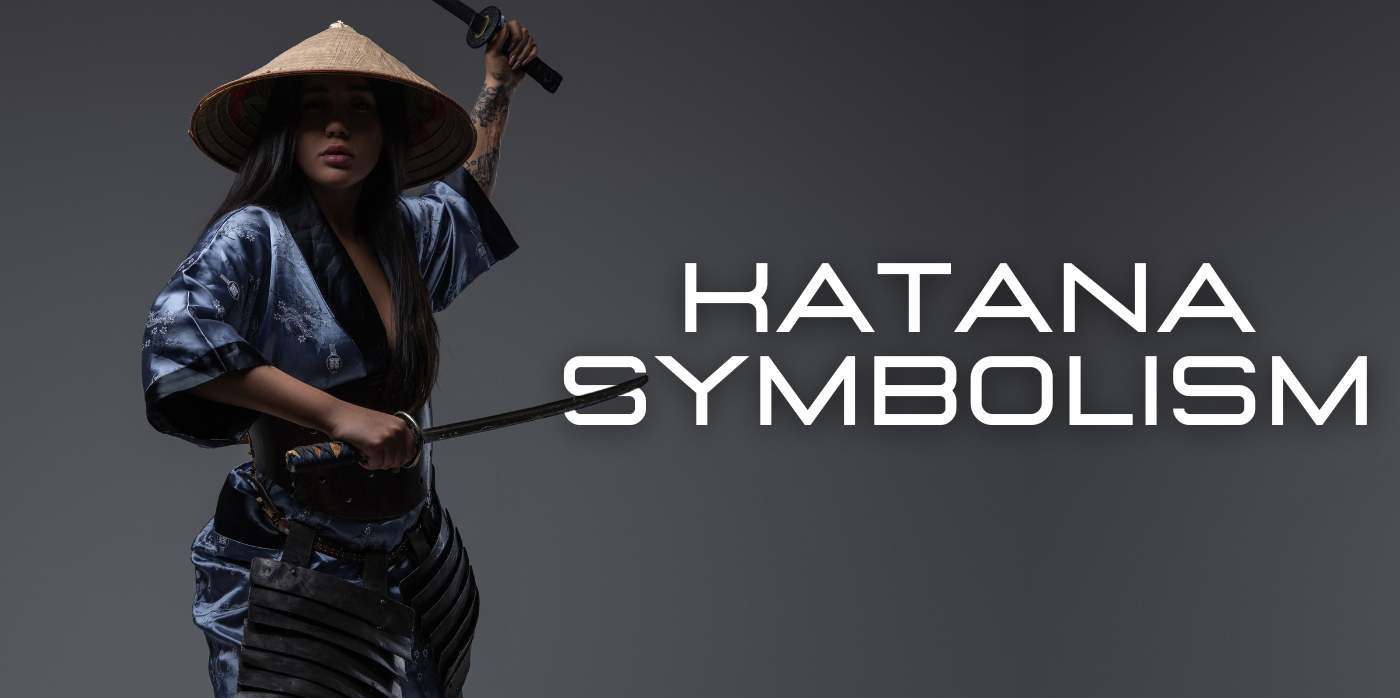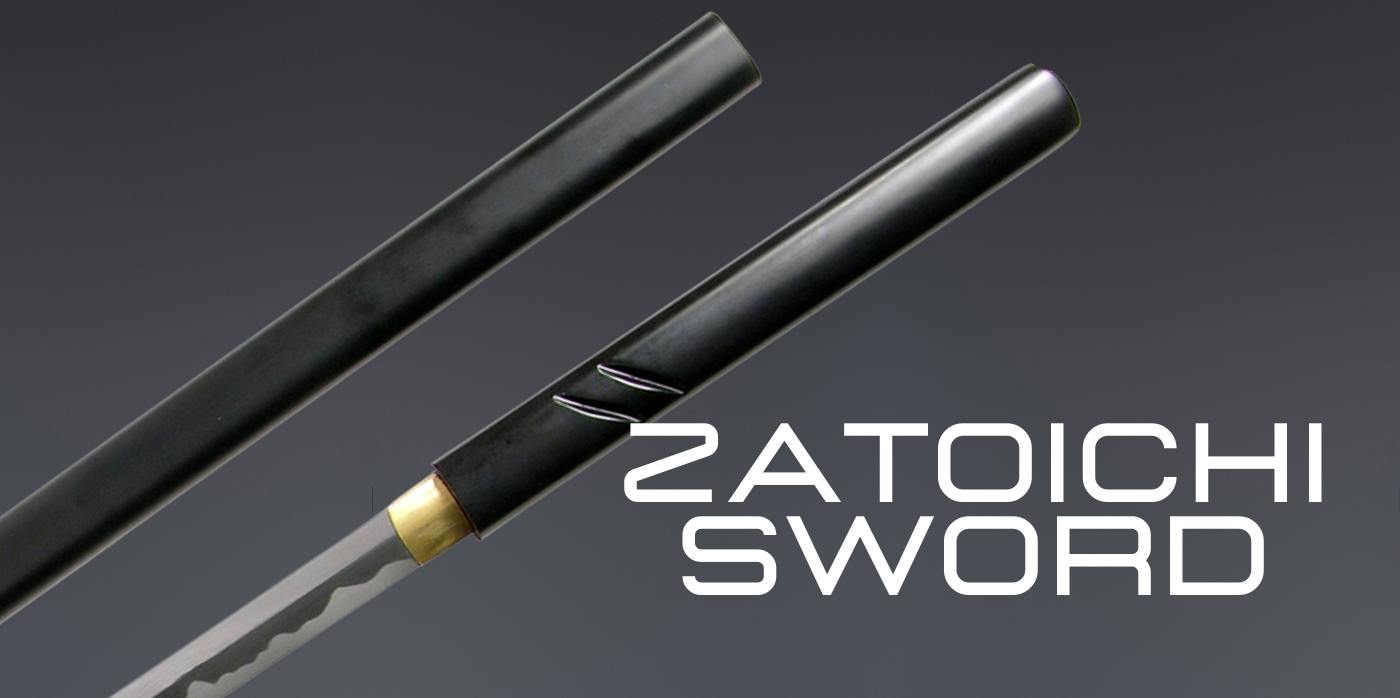In the vast world of Japanese bladed weaponry, understanding the subtle distinctions between different sword types can be a journey in itself. Two such swords that often draw intrigue due to their similarities in size and design are the Kodachi and the Wakizashi. Both these swords have a storied history and are significant in the realms of samurai warfare and Japanese martial arts. In this piece, we will delve deep into the nuances, drawing contrasts and noting the history of the Kodachi and Wakizashi, helping enthusiasts and collectors make an informed decision on their next acquisition.
Kodachi Vs Wakizashi Differences
What is a kodachi
A kodachi is a traditional Japanese short sword, often viewed as a shorter version of the tachi. With a length typically ranging between 12 to 24 inches, the kodachi was primarily designed for thrusting and was used mainly for defense and specific combat techniques in various martial arts. Its origin traces back to the early Kamakura period.
What is a wakizashi
A wakizashi is a traditional Japanese short sword, often worn alongside the katana by the samurai class. With a blade length between 12 to 24 inches, it served as a sidearm and was used in close combat situations, for ritualistic purposes, or as a tool for beheading defeated opponents. The pairing of katana and wakizashi is termed "daisho," symbolizing the honor and status of the samurai.
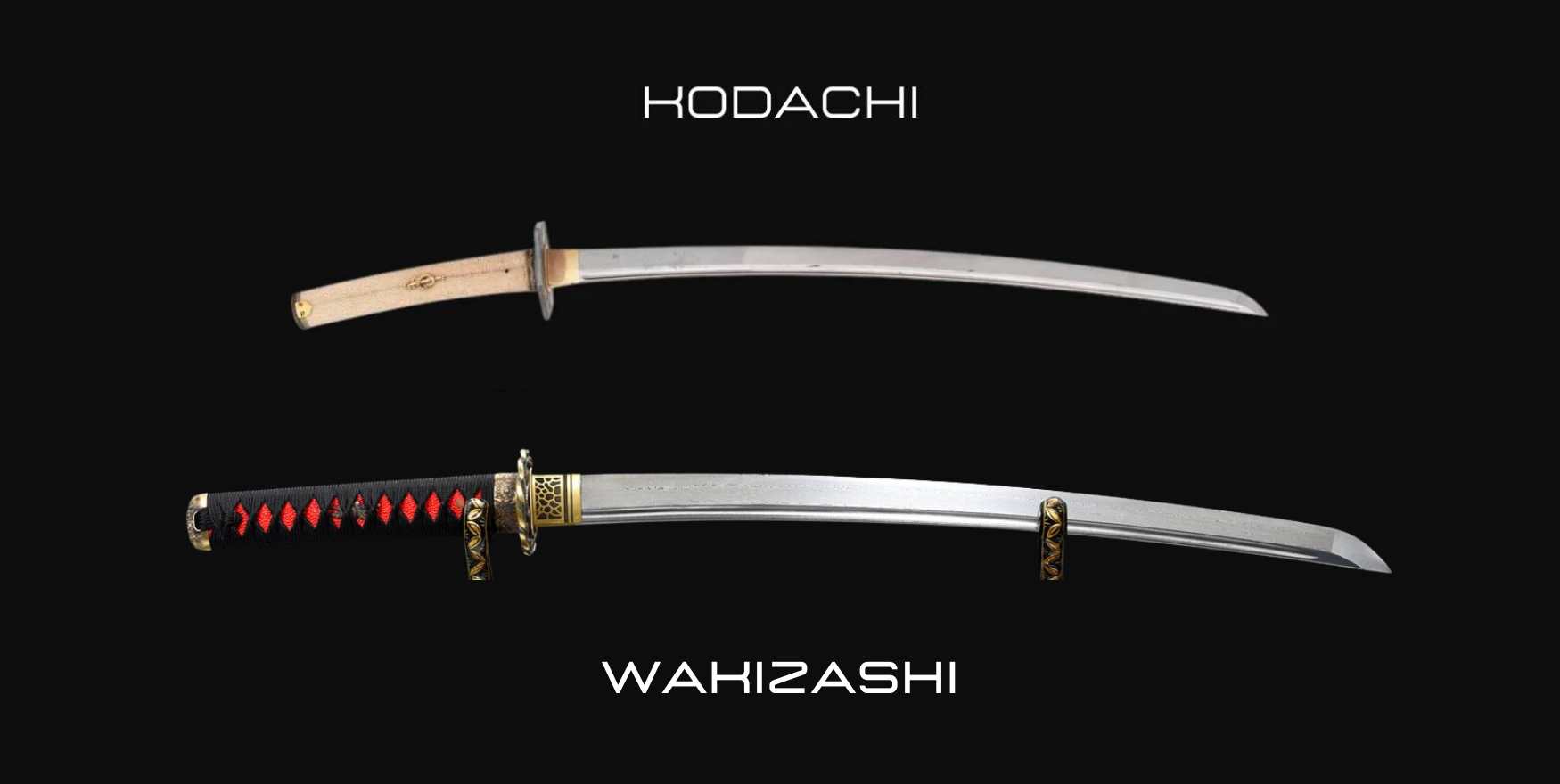
Kodachi Vs Wakizashi Design
Design: The Kodachi and Wakizashi are both traditional Japanese short swords, but they differ in design, history, and usage. Here's a brief comparison focusing on their design:
1. Length:
- Kodachi: Typically has a blade length between 12 to 24 inches.
- Wakizashi: Also ranges between 12 to 24 inches, but it's designed to complement the longer katana in the "daisho" pair.
2. Blade Design:
- Kodachi: This sword often has a more uniform blade width, maintaining a consistent breadth from base to tip.
- Wakizashi: Often has a more pronounced curve, similar to its larger counterpart, the katana, and can feature various blade cross-sectional geometries.
3. Mountings (Koshirae):
- Kodachi: Being older in origin, some kodachi might be mounted in tachi-style mountings, characterized by edge-down hanging orientation.
- Wakizashi: Typically mounted edge-up, designed to be drawn swiftly. The fittings and scabbard can often match those of its paired katana.
4. Tang (Nakago):
- Kodachi: Some older kodachi might have a longer tang relative to their blade length due to being remounted from broken tachi or other long swords.
- Wakizashi: The tang is proportionate to its size, designed for optimal balance when wielded.
5. Era of Prominence:
- Kodachi: Predominantly known from the early feudal era of Japan, it predates the establishment of the samurai's daisho tradition.
- Wakizashi: Became prominent during the Edo period alongside the katana, forming the daisho pair symbolizing the samurai's honor.
Kodachi vs Wakizashi Usage
The distinction between the Kodachi and Wakizashi isn't just about blade length or style; it also speaks volumes about societal roles and class distinctions during feudal Japan. Let's delve deeper into how each sword relates to its primary users, the civilians, and the samurai.
Wakizashi: The Samurai's Sidearm
Intimately Tied to the Samurai Class: The Wakizashi, often worn in tandem with the Katana as part of the Daisho set, became synonymous with the samurai. The Daisho represented a samurai's honor and was a clear symbol of his status. The Wakizashi also held significant ritualistic value, especially in the act of Seppuku, a form of ritualistic suicide to restore honor.
Kodachi: Civilian's Blade
During Japan's feudal period, the Kodachi became an alternative for civilians as the possession of long swords like Katana and Wakizashi was restricted to the samurai class. The Kodachi, being shorter and often considered a "sidearm," was not bound by the same regulations, allowing civilians to own and carry them.
Given that civilians couldn't bear the long swords reserved for the samurai class, the Kodachi offered a versatile and practical solution for self-defense. Its size made it manageable and efficient in close combat situations.
Kodachi vs Wakizashi: Which is the best
Choosing between the Kodachi and Wakizashi as "the best" is a nuanced decision that depends on individual preferences and the specific context. Here's a comparative analysis of both:
Purpose & Usage:
- Kodachi: Historically, the Kodachi was often used as a versatile weapon suitable for close combat. Its shorter length made it adept for quick strikes and maneuvers in close quarters. It was sometimes seen as a backup or secondary weapon.
- Wakizashi: As part of the Daisho pair (alongside the Katana), the Wakizashi served not just as a combat weapon but also held ceremonial and ritualistic significance. It was more commonly used by the samurai class for indoor protection and during ceremonies.
Design & Construction:
- Kodachi: Typically, the Kodachi is straight or slightly curved with a blade length between that of a long dagger and a short sword.
- Wakizashi: The Wakizashi usually has a more pronounced curve and varies in length but is typically around 30-60 cm. Its design is often harmonious with the Katana when seen as a Daisho pair.
Symbolism:
- Kodachi: Symbolizes versatility, transition in sword-making eras, and resilience in battle.
- Wakizashi: Represents samurai honor, duty, and vigilance. Its association with the ritual of Seppuku also adds a deeper layer of cultural significance.
Practicality:
- Kodachi: Given its size, it can be swiftly drawn and used in confined spaces, making it useful in surprise attacks or sudden confrontations.
- Wakizashi: Besides combat, the Wakizashi was the sword a samurai would wear in indoor settings or places where carrying a Katana was not practical or allowed. It was more of an all-purpose blade for the samurai.
Determining which is "best" boils down to the context in which it's being evaluated.
- For those interested in the broader historical and cultural symbolism associated with samurai, the Wakizashi might hold more appeal due to its deeper ties with the samurai class.
- For martial artists or those interested in a blade's functionality and versatility in combat scenarios, the Kodachi could be seen as a more practical choice.
Both swords, however, hold their unique place in Japanese history and martial arts, and their value and significance can vary based on individual preferences and perspectives.


